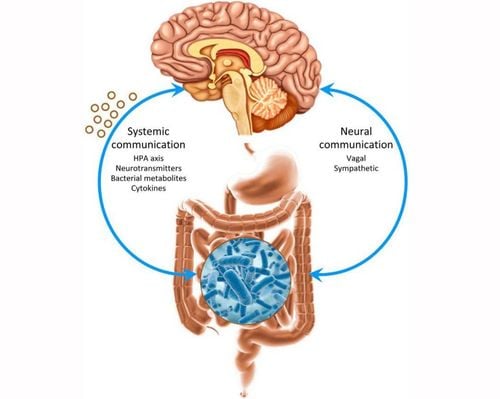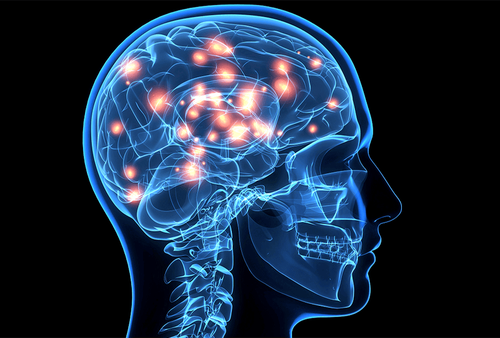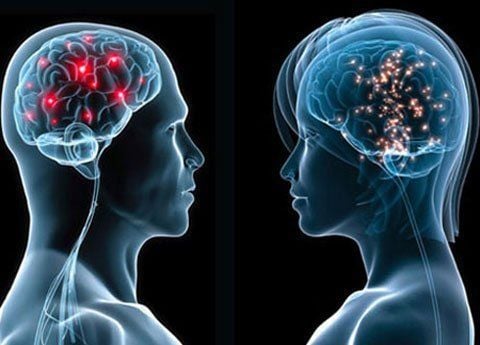This is an automatically translated article.
This article is expertly consulted by Dr. Pham Quoc Thanh - Radiologist - Radiology Department - Vinmec Hai Phong International General HospitalBrain blood flow meter has a history of appearing since the early 20th century, built by scientist Schulter. Initially, although there were many shortcomings, but after a long time of improvement, this method has been widely popularized and has become an effective tool used to assess the state of cerebral circulation.
1. History of formation
In 1921, scientist Schulter was the first to create a cerebral blood flow meter, then Meyer Grant and some other authors studied using this method, but due to the incomplete technique, it caused accident during recording. Therefore this method has been ignored for a long time.
In 1937, scientist Granoller improved and reused the above method to study and change brain electrical resistance in patients with traumatic brain injury.
In 1940, Nyboor et al. used the cerebral hemodynamic recorder to study the circulating blood volume in the heart, following the research on many authors applied to study the changes in blood circulation in the muscles. other officials.
In 1950, Polzer and Shufried did complete complementary research on cerebral hemodynamics and deeply studied cerebral circulation. Since then, the method of recording cerebral blood flow has been widely used in many countries around the world, it has become a highly valuable subclinical method used to evaluate the state of cerebral circulation.
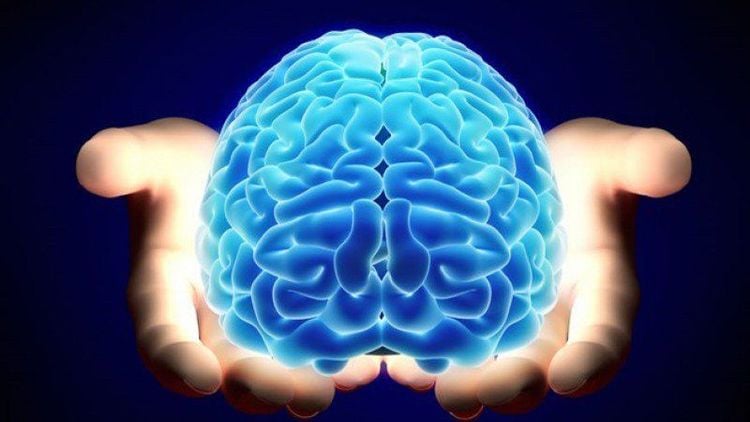
Đo lưu huyết não để đánh giá trạng thái của tuần hoàn não
2. Basic Concepts
Human tissue is conductive and like any other conductor it has impedance (also known as resistance). At the time of recording, the tissue resistance changes only depending on the blood flow through the tissue because other factors are constant. Therefore, monitoring the resistance of a tissue helps us to assess the circulating flow through that tissue.
The human skull is a multi-component structure in which the circulation of the skin, muscles, and skull bones under each electrode is also recorded on the graph. Therefore, the change in electrical resistance of the brain is reflected in the blood circulation as it passes through the scalp, subcutaneous tissues and the skull, but this circulation is not significant compared to the circulation through the brain. . When blood flow through the brain is much, the resistance of the brain decreases, then the current increases and vice versa.
The operation of recording the line showing the resistance of the cerebral blood vessels when an alternating current with a high frequency of 30KHz and a weak intensity of 1mA flows through is called hemoencephalogram. Based on the above cerebral blood flow recording line to evaluate the hemodynamics of the brain and the functional changes of cerebral circulation.
3. Purpose of measuring cerebral blood flow
Recording the cerebral blood flow helps the doctor assess the hemodynamics of the brain and the changing functional state of the cerebral blood vessels. Where hemodynamics is defined as the cerebral hemisphere circulation, the speed and intensity of blood flow to the brain. The cerebrovascular functional state means the state of vascular tone.
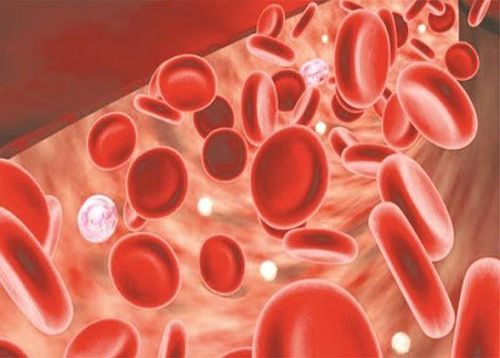
Đo huyết lưu não để đánh giá được lưu lượng máu lên não
4. Advantages and disadvantages of measuring cerebral blood flow
4.1. The advantage of the method of measuring cerebral blood flow is that it is a non-invasive method of detecting cerebral circulation, so it is very safe and does not cause harm to the patient. This method can be recorded many times, for a long time to monitor the effects of treatment or serve in research.
Can conduct measurement of cerebral blood flow in severe pathological states such as: coma, high fever, increased cranial pressure and even in cases of surgery.
When recording cerebral blood flow, you can do many physiological tests such as changing positions - lying - standing, standing - lying down, turning your head, tilting your neck, compressing the carotid artery, monitoring the effects of drugs on the graph. cerebral blood flow.
4.2. Disadvantages of the method Not always measured cerebral blood flow parameters such as the amplitude of the curve fully reflect the state of cerebral circulation. Because it also depends on a number of factors such as heart rate, blood viscosity, blood pressure, intracranial pressure, use of vasopressors,...
During the measurement of cerebral blood flow, the patient may experience affected by the surrounding environment such as noise, traffic in and out, even ambient temperature.
Error due to measurement technique: The results between two measurements may differ greatly if the electrode position is not the same, the fixed bandage is not tight enough, the conductive gene is not applied enough, the patient lies a lot and does not move ,... This is a normal expression and the doctor needs to review the above issues so that the error range is within the allowable range.
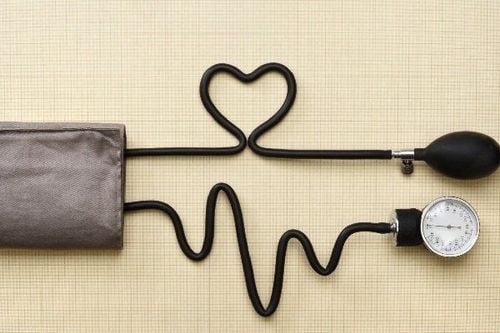
Huyết áp có thể làm ảnh hưởng đến thông số lưu huyết não
5. Principle used in cerebral blood flow recording
5.1 Wheatstone Resistor (REG 1) In each Wheatstone bridge there is only one branch of unknown resistance and that value is the resistance of the brain. Through the amplification system, we obtain the corresponding changing current. The alternating current used for recording is high-frequency current with a frequency of 20-150khz.5.2 Principle of Cerebral Circulation 2 (REG 2) Principle of Cerebral Hemostasis 2 uses the technique of Rodler and Lechner without the use of a Wheatstone bridge. The principle of this method is to use 4 electrodes, in which the input/output current electrode is separate, if the output electrode can be placed in arbitrary positions, the current input electrode must be placed at position 2 temples. This method is better evaluated than the Wheatstone bridge because it can assess cerebral circulation in small locations.
According to the history of formation and development, the method of measuring cerebral blood flow has become perfect and widely used in the assessment of cerebral circulation.
Currently, EEG measurement is being deployed and implemented by Vinmec International General Hospital in order to screen early for brain-related diseases. This technique is performed by a team of well-trained, professional and experienced doctors; with the support of modern and advanced equipment, quality professional medical services.
When there is any problem related to the brain, customers can go to Vinmec to be examined by a doctor for in-depth evaluation and advice on treatment directions to get the best results.
For more detailed information about this method, you can contact the nationwide Vinmec Health System Hotline for advice.





